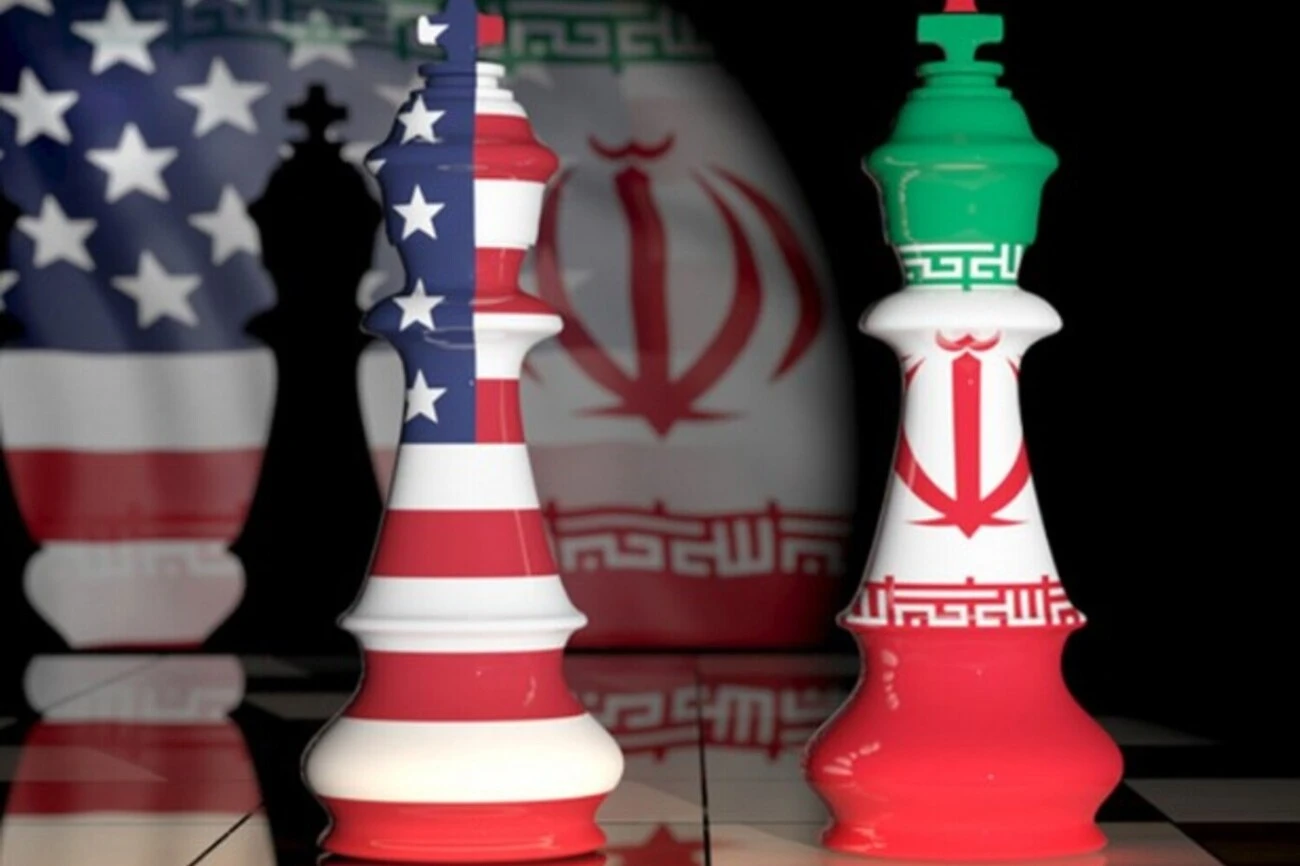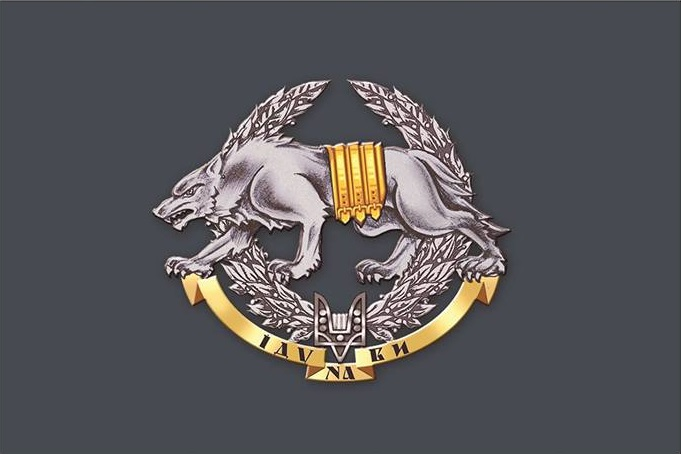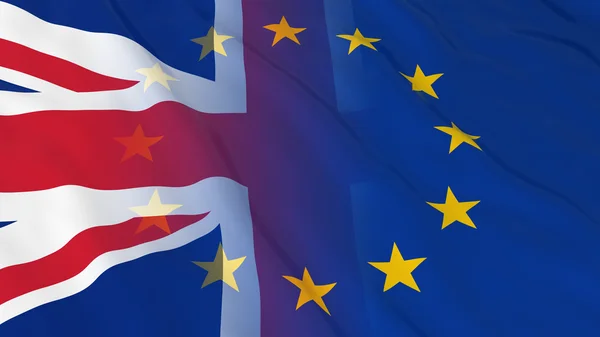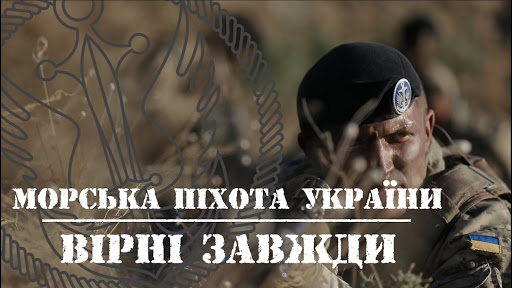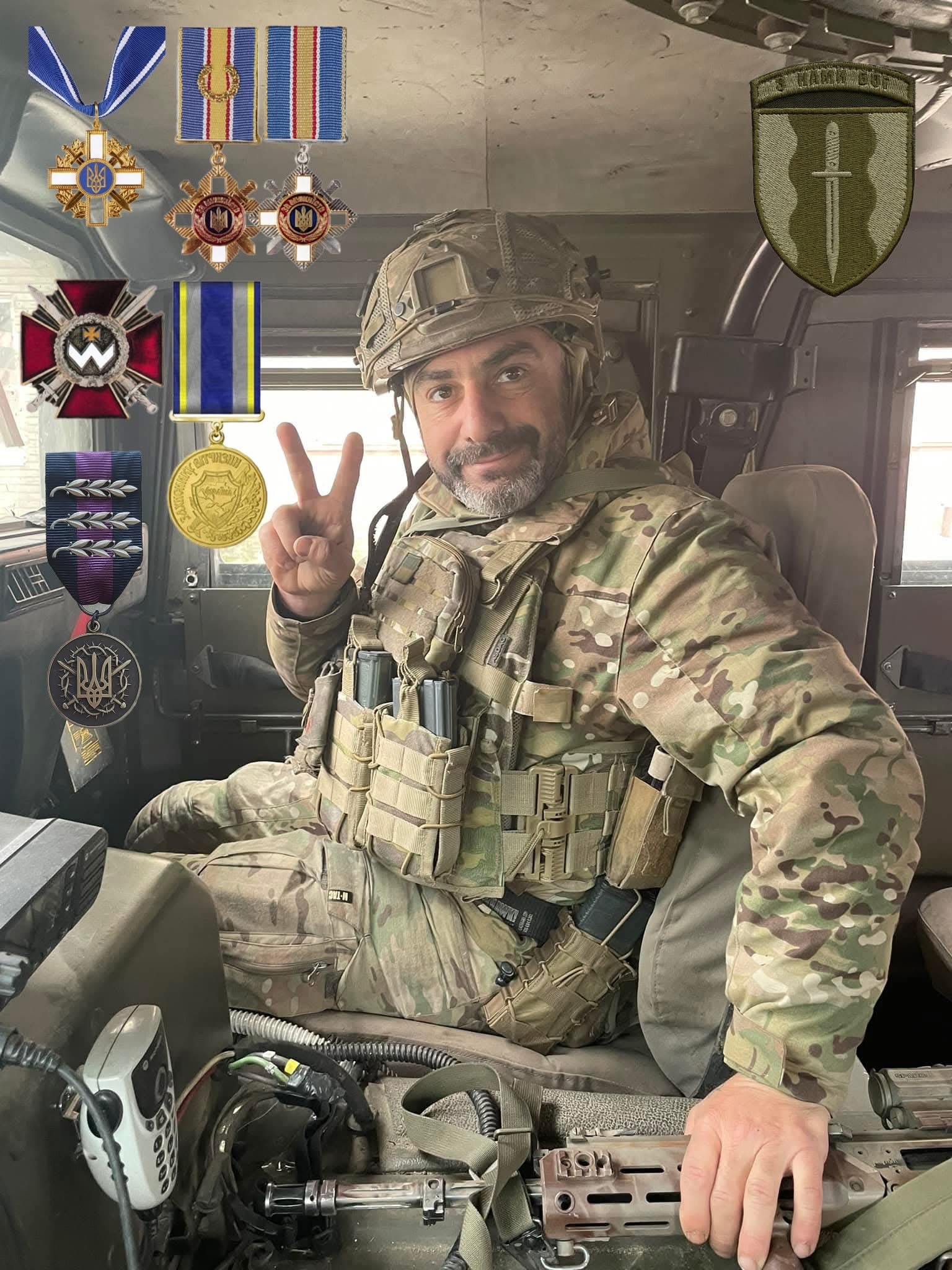Photo: Depositphotos
The editorial staff of Time Ukraine Israel is constantly on the pulse of global events, tracking the most subtle changes in world politics. Today, the Royal United Services Institute for Defence Studies (RUSI) published an extremely interesting piece by Daria Dolzikova, Senior Research Fellow in RUSI’s Non-Proliferation and Nuclear Policy Programme. Her fresh analytics, backed by a depth of expertise, reveal one of the hottest topics of our time – the Iranian-US nuclear negotiations. As the shadow of Rafael Mariano Grossi, IAEA Director General, falls on the briefing on Nuclear Security in Ukraine and Iran (3 March 2025), we invite you to embark on an intellectual journey where diplomacy, strategy and geopolitical tensions intertwine in a complex pattern.
The opening of a diplomatic channel between Washington and Tehran is an event that brings cautious optimism to a world where Iran’s nuclear programme and American threats of military escalation are approaching a critical point. However, the road to a deal promises to be a thorny one: Iran is reluctant to make concessions, and the tight timeframe adds to the tension. In this delicate game, Europe, in particular the E3 trio (UK, Germany, France), has a chance to play a decisive role by balancing diplomatic incentives with sanctions pressure.
Diplomacy on the brink
The current stage of negotiations between the United States and Iran is not just an attempt to resolve the nuclear issue, but also a test of the international community’s ability to avoid escalation in a region where the stakes are extremely high. Iran has been steadily increasing its nuclear capabilities, including through advanced centrifuges and the production of uranium metal, while Washington’s rhetoric has increasingly included military threats. Renewed diplomacy offers an alternative, but its success depends on clarity of purpose and willingness to compromise.
Despite Donald Trump’s loud statements about preventing Iran from acquiring nuclear weapons, the United States has not outlined specific expectations. What exactly does Tehran have to do to allay Western fears? What level of transparency in its nuclear programme is Iran willing to accept, and what will it demand in return? These questions remain open, and time is running out: Trump is rumoured to have given Iran only two months, although there are no specifics on this deadline.
The optimal outcome to be sought is an agreement that resembles the 2015 Joint Comprehensive Plan of Action (JCPOA) in structure. It should include restrictions on the volume and level of uranium enrichment, a reduction in the number of centrifuges, a ban on the development of advanced models, and enhanced monitoring by the IAEA. However, a return to the JCPOA in its original form is impossible: Iran’s programme has made a qualitative leap in recent years, and the political landscape in Tehran and Washington has changed radically.
Reality and the limits of the possible
Iran, as a party to the Nuclear Non-Proliferation Treaty, has consistently defended its right to peaceful nuclear technology. The complete elimination of the programme is an unrealistic goal. Tehran remembers the fate of Muammar Gaddafi, who lost his weapons programme and power. In addition, the knowledge gained by Iran in the course of research cannot be reversed – neither diplomatically nor militarily. Instead, the agreement should focus on increasing the time Iran needs to develop nuclear weapons (the so-called “breakout time”) and ensuring transparency of the programme through strict IAEA monitoring.
Key elements of a potential transaction may include:
- Reducing uranium enrichment to safe limits (3.67%, as in the JCPOA);
- Reduction of enriched uranium reserves through breeding or export;
- Restrictions on the number and type of centrifuges, including the discontinuation of the IR-6 and IR-4 models;
- Reinstatethe Additional Protocol and other monitoring mechanisms to ensure access of IAEA inspectors to all key facilities.
These steps are technically feasible, but will require months of negotiations. Previous experience – from the longstanding JCPOA to the Biden administration’s failed attempts – shows that Iran will not rush to make concessions, especially when its nuclear programme remains a key deterrent.
European leverage
Europe, and E3 in particular, has a unique position in this complex game. By October 2025, the snap-back mechanism in UN Security Council Resolution 2231, which allows for the re-imposition of sanctions against Iran, will expire. This is the last chance for the E3 to use this lever, as Russia and China are likely to block any new sanctions after the deadline. The decision on the “snap-back” must be made by autumn, which puts additional pressure on the negotiations.
The E3 cannot allow Iran to drag out the process in the hope that the sanctions mechanism will simply disappear. A clear position – a readiness to reimpose sanctions in the absence of progress – could push Tehran to engage in a more constructive dialogue. At the same time, Europe should offer Iran a realistic way to avoid a “snap-back” through specific concessions, such as the resumption of IAEA monitoring or the suspension of uranium enrichment to 60%. This approach would not only strengthen the US position in the negotiations, but also demonstrate the unity of the West.
European diplomats with years of experience in negotiating with Iran could be a valuable resource for Washington. Their expertise in the technical aspects of the nuclear programme and their understanding of Iranian political dynamics would help to set realistic expectations. For example, an interim agreement that includes a return to the Additional Protocol and enrichment limits could be an interim step that would satisfy both sides before October.
Challenges and risks
Negotiations are complicated by a number of factors. First, Iran sees its nuclear programme as a guarantee of security, especially as its regional alliances and conventional arms are weakening. Second, the economic benefits that Tehran hopes to reap depend on the willingness of the private sector to invest in Iran, which is problematic due to non-nuclear sanctions. Thirdly, domestic opposition to diplomacy with Iran remains strong in the US, and there is no guarantee that the next administration will not withdraw from the deal. Finally, regional actors such as Israel may try to sabotage the negotiations, considering Iranian missiles and proxies a greater threat than the nuclear programme.
Europe as a catalyst for progress
The Iran-U.S. talks are not only a bilateral dialogue, but also a test for multilateral diplomacy. Europe, with its experience and sanctions leverage, can be a catalyst for progress if it acts decisively and in a coordinated manner. Time is running out, but a smart strategy that combines pressure and incentives could pave the way for a deal that not only curbs Iran’s nuclear ambitions but also reduces tensions in the Middle East. In this chess game, every move counts, and Europe cannot afford to stand aside.
Time Ukraine Israel encourages readers to share their thoughts in the comments and follow our updates as we continue to tackle the most challenging issues of our time.
Author: Aleksandr Potetiuiev

